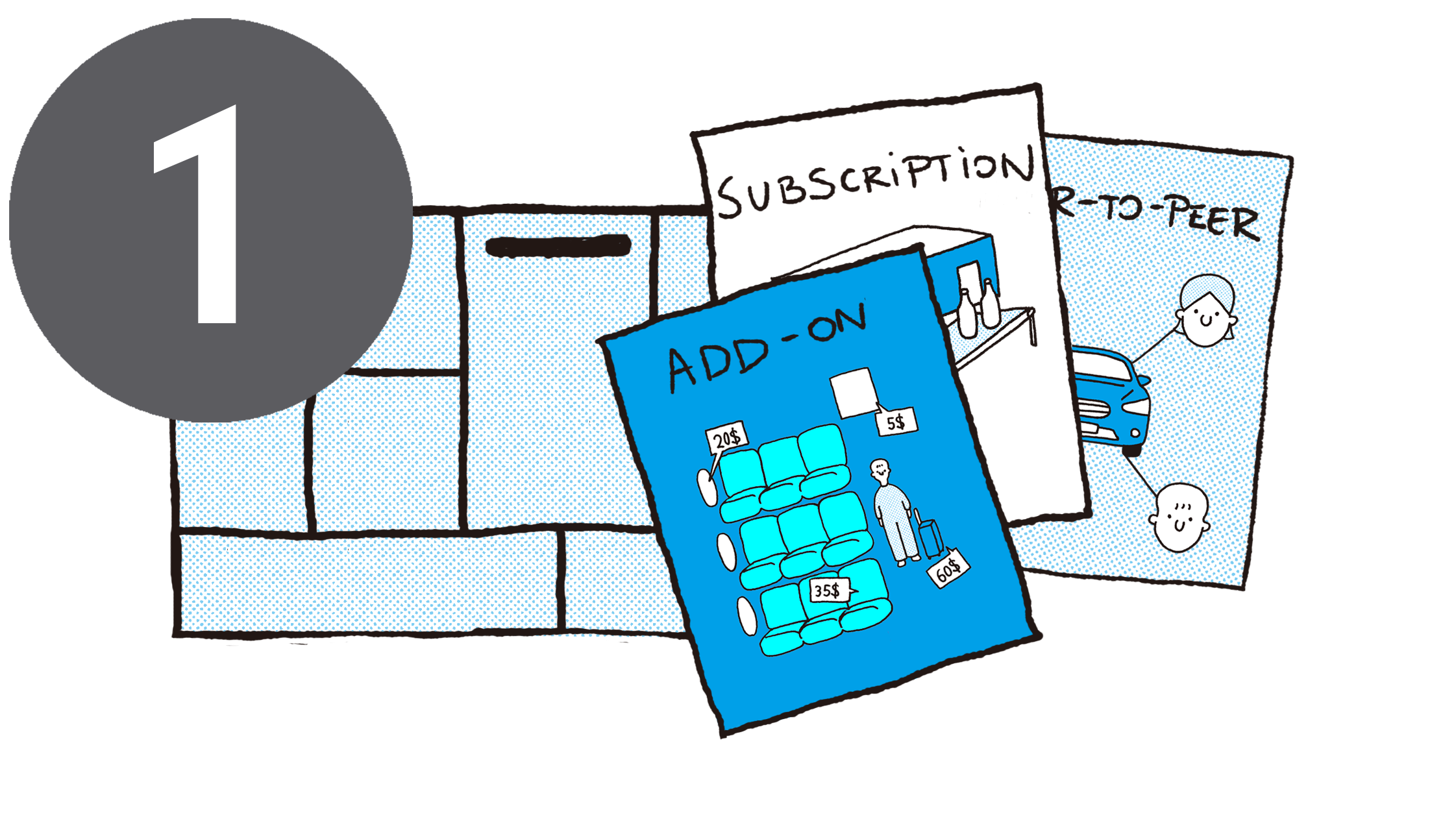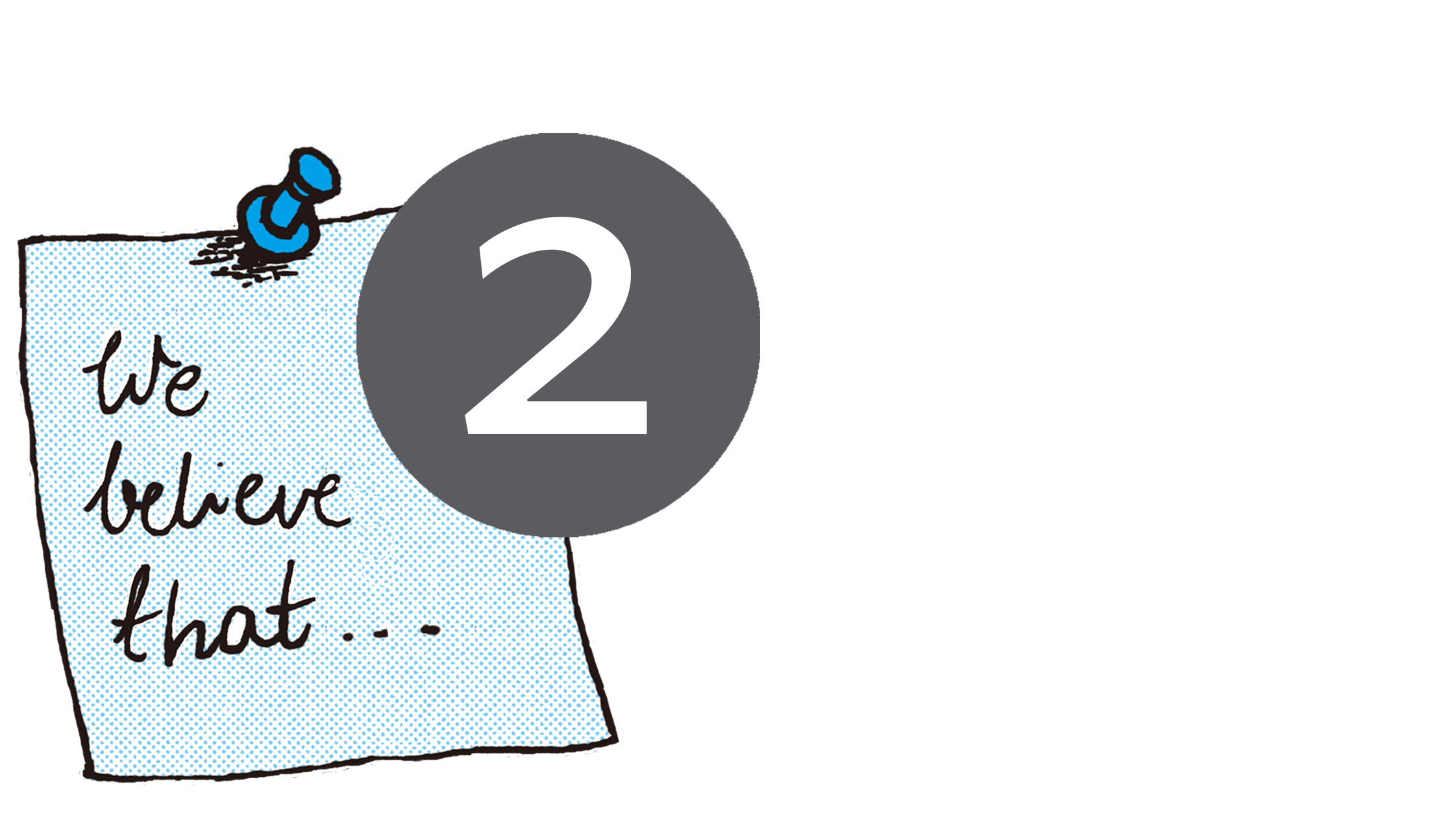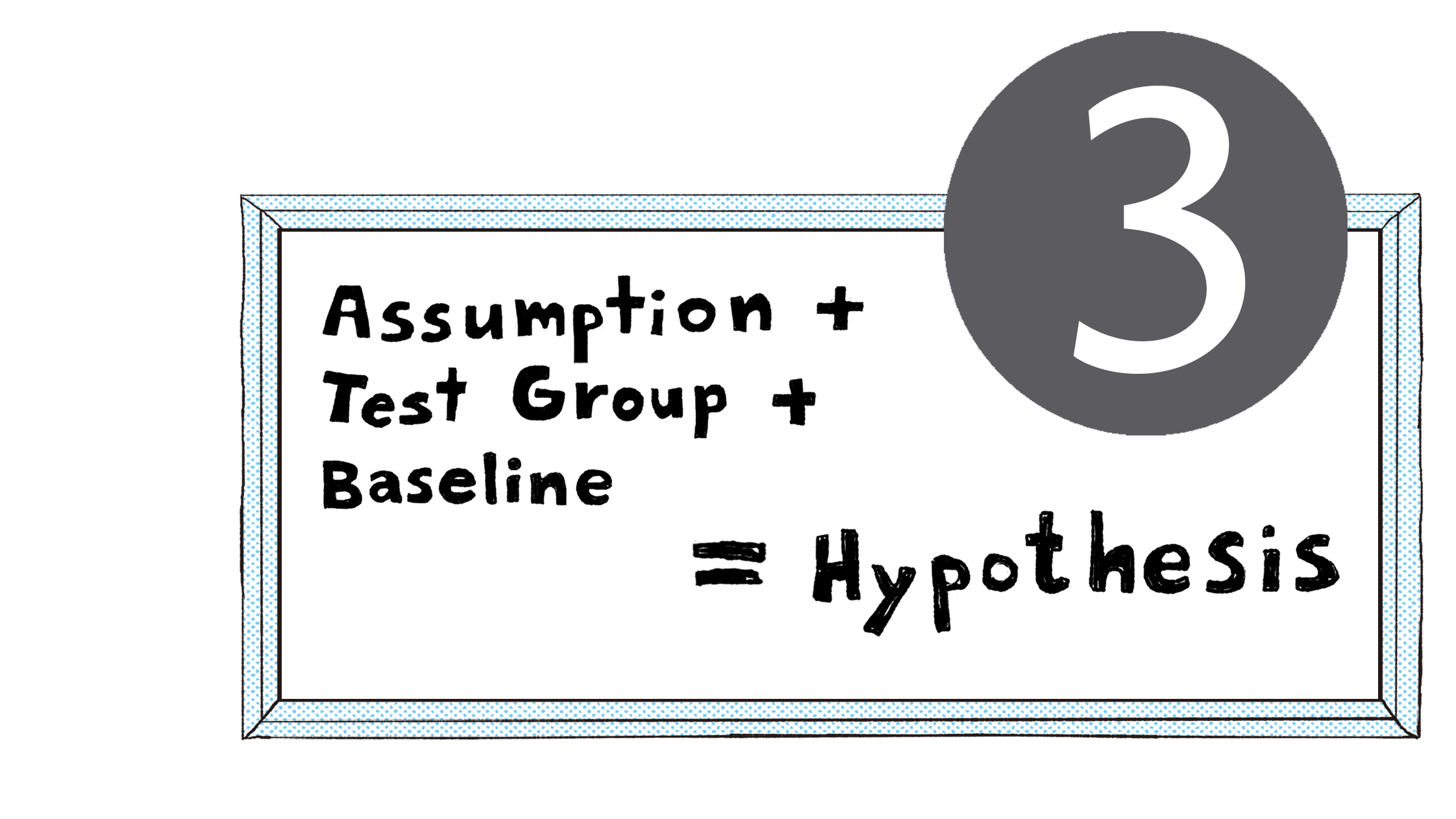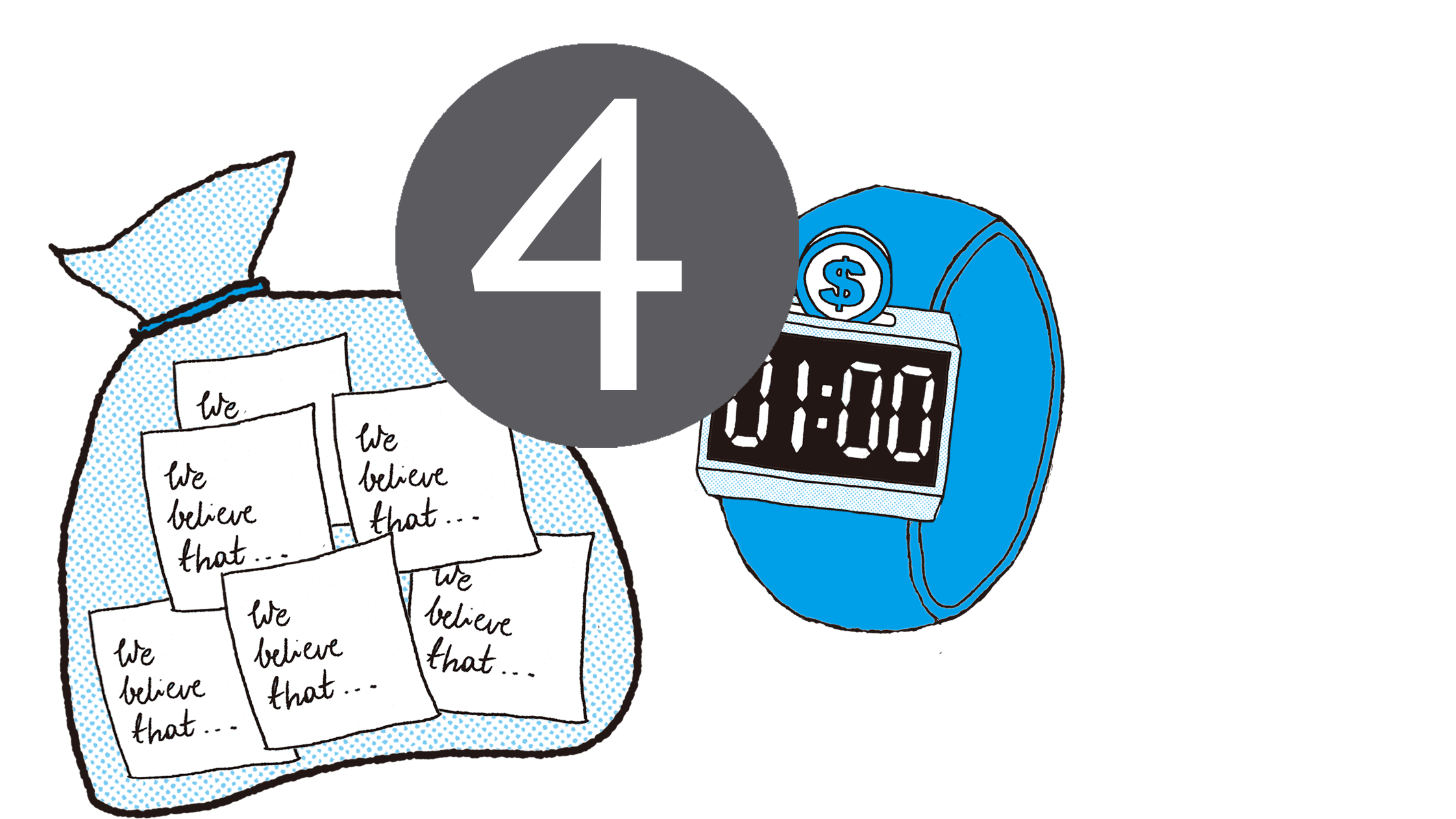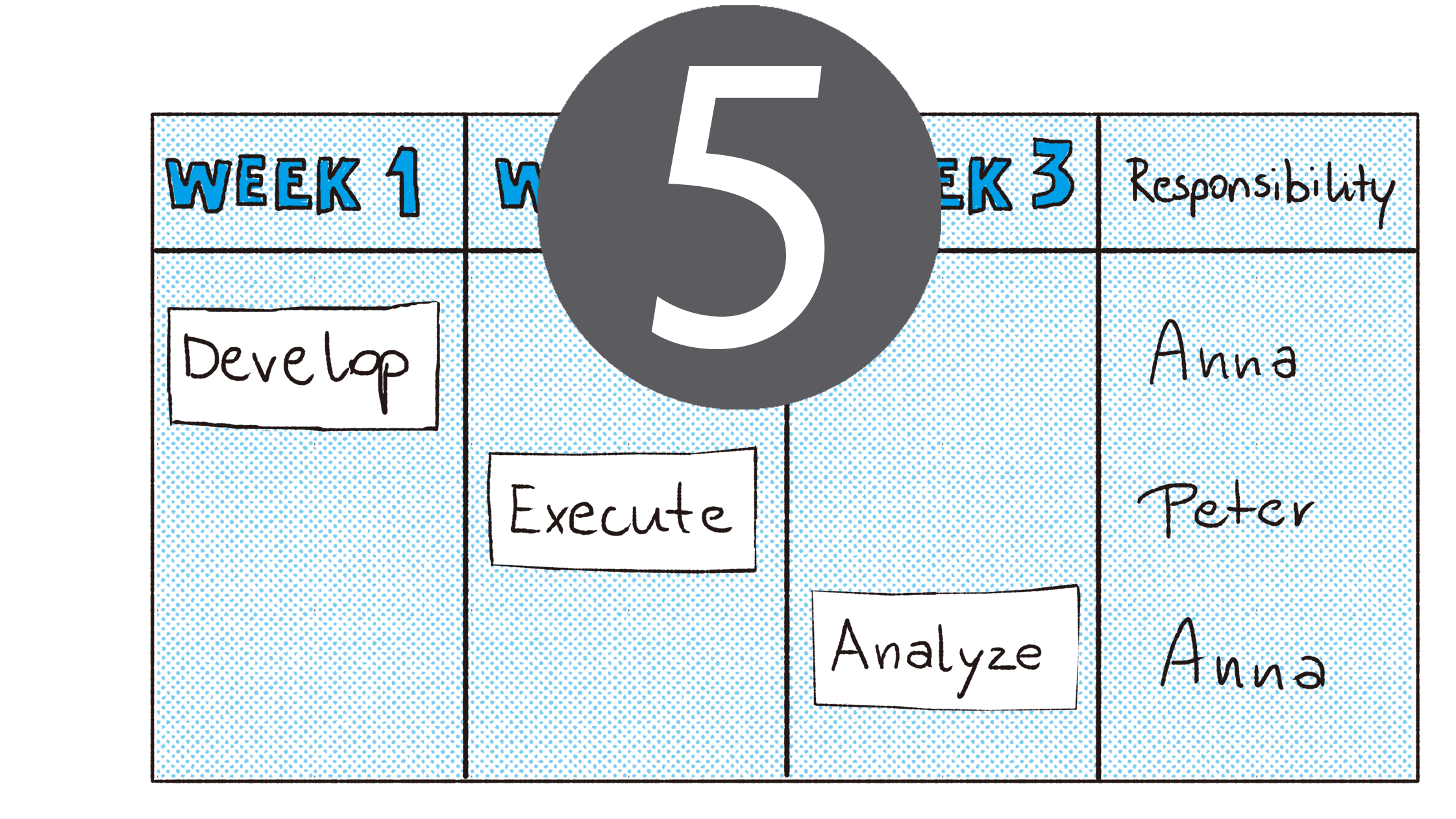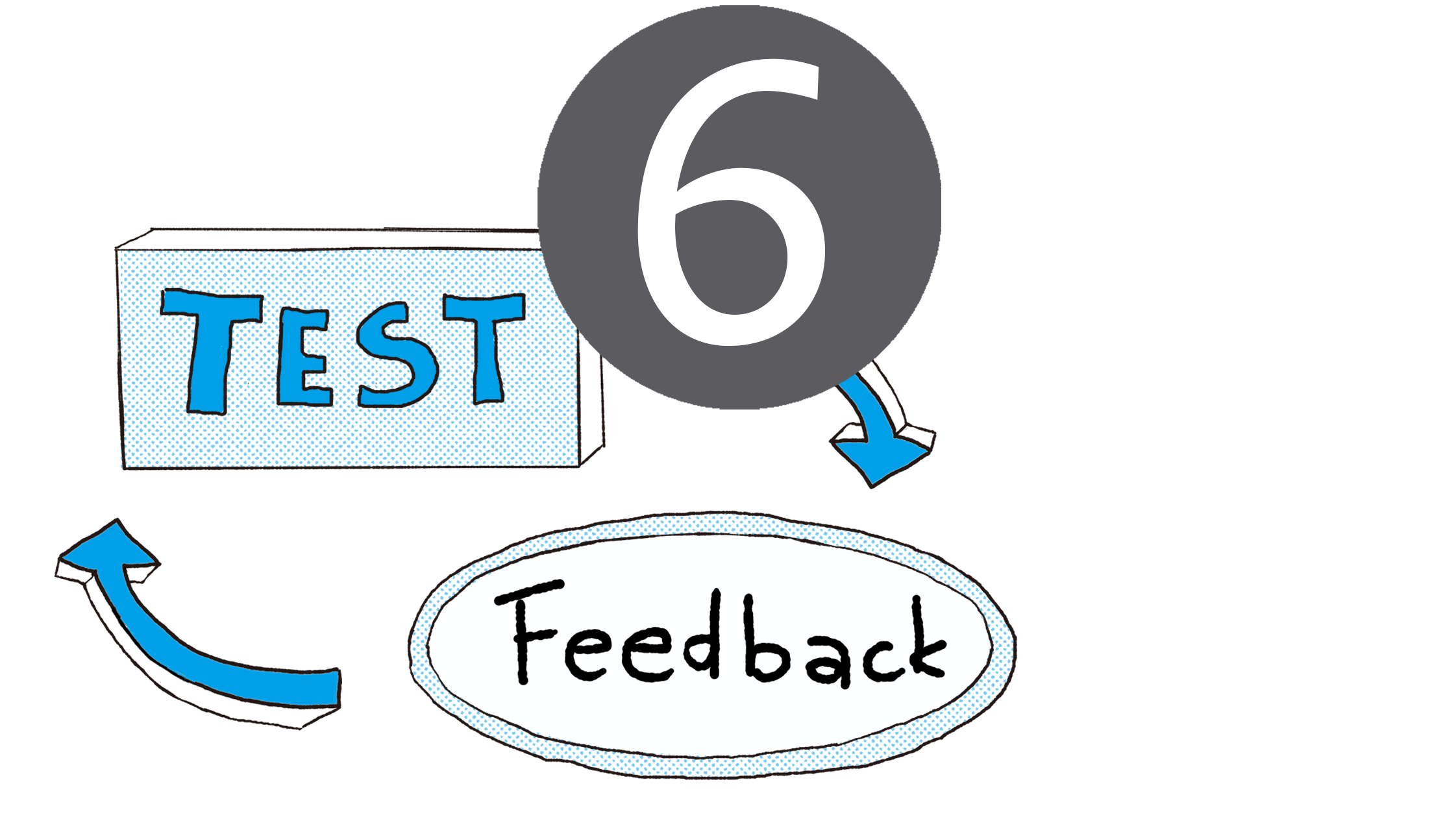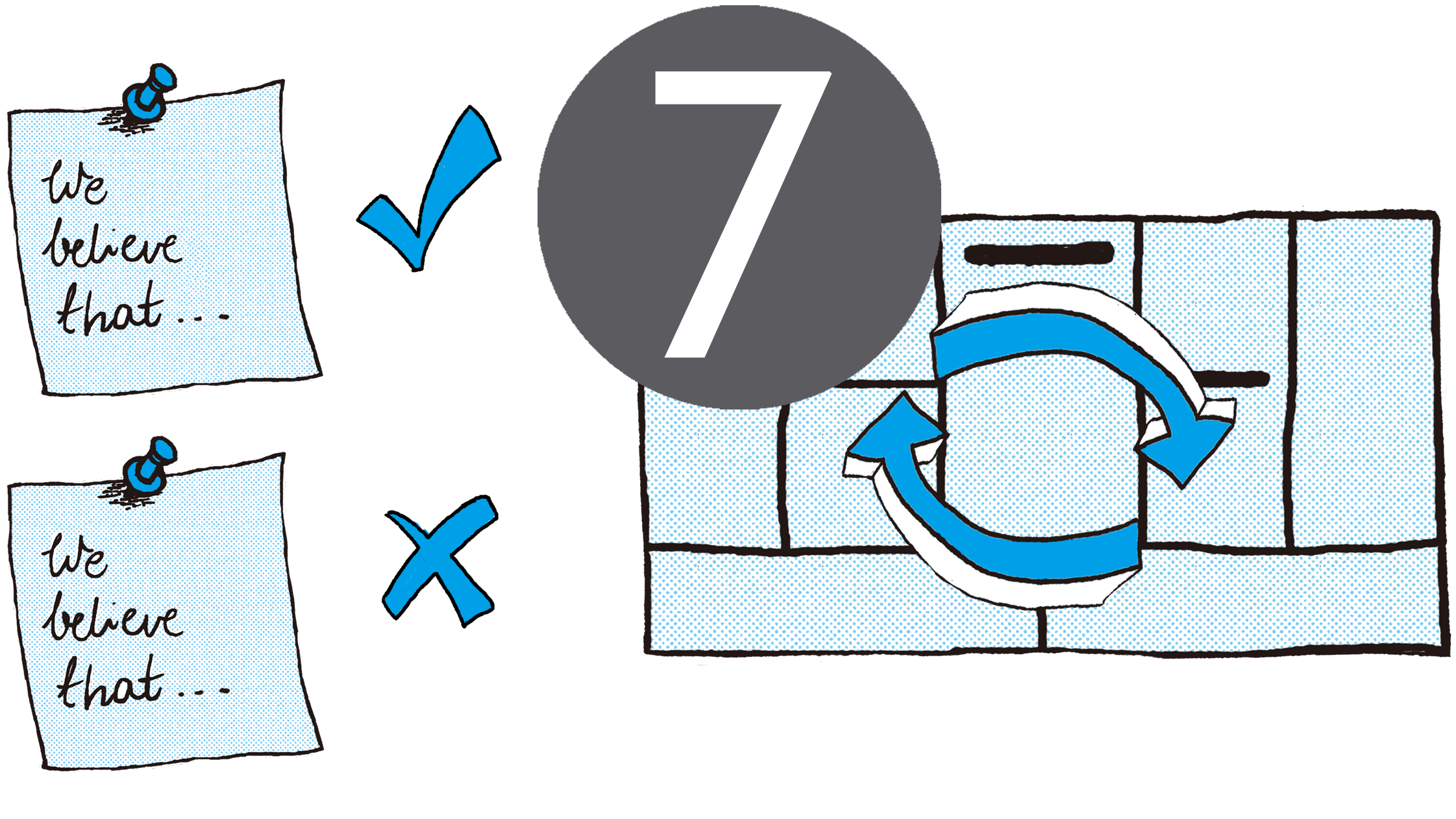Introducing Business Model Testing
The key to preventing spending unnecessary amounts of resources and time on developing a new business is through the continuous testing of its most critical aspects. Instead of developing the final solution, bringing it onto the market and hoping that customers will buy it, it is crucial to get early feedback from stakeholders to improve the business model along the way and to assure its overall potential.
The Business Model Testing Cards are designed to help you identify and choose the best avenues to validate your business model before creating the final solution. Each card represents a specific test format that has proven to be successful in testing different aspects of a business model.
Choosing the right testing format is only one of the important steps to successfully test the various aspects of your business model. To help you do it right, we have developed a structured business model testing approach that guides you from your first concept to a successfully verified business model.
How to Test Your Business Model
Developing a Business Model Concept
The first step to take is to create the first concept of your business model, identifying WHO your target customer is and what his needs are, WHAT value you want to offer him, HOW you are going to deliver the value and WHY the business will be profitable. We recommend you use the BMI Pattern Cards for inspiration and the Business Model Canvas to document your ideas and first findings.
Identifying the Underlying Assumptions
The next step is to identify the basis of your test. You need to clarify which aspects of your concept you know to be true and which ones are only based on assumptions. Write down each identified assumption starting with “We believe that…”. Afterward, decide which of them should be validated first by checking which assumptions are easiest to test and have the highest impact on the probability of success of your business model.
Building Falsifiable Hypotheses
In order to make an assumption verifiable, you need to build a hypothesis: decide who you want to test your assumption with and what the baseline for the success of your test is (e.g. a specific percentage of positive results). Be very specific, as this allows you to simplify the recruitment of your testing audience and to better assess your results.
Choosing a Test Format
Now it is time to go through the BM Testing Cards and pick test formats that could help you test your hypotheses. Choose the ones that you are most interested in and discuss the feasibility of doing the tests with colleagues to find the test format that allows you to test the maximum amount of assumptions at reasonable cost and time expense.
Developing the Test Setup
Next, you should decide how you will prepare, conduct and analyze your tests. Here, it is key to start with the recruiting of your test group early and to recruit the right people in the right quantity. You should then create a test plan on a week-to-week basis, setting strict deadlines on when you want to develop the tools for your test, execute the test and collect feedback on its performance. Most importantly, you need to decide who takes ownership and responsibility for the execution of the tests.
Executing the Test
This is the most fun part! Go out and follow through with your plan. It is advisable to do as much as possible yourself, as you will gain valuable first hand feedback from the interaction with your test group. If you see that something you have planned does not work as expected, don’t be afraid to change and adapt during the test: after all, it’s a learning experience. The most important thing is to get as much feedback from your test group as possible.
Analyzing the Test Results and Updating the Business Model Concept
Once the first test feedback is in, you should start analyzing the results. Take your hypothesis and see if the baseline for success was achieved. Based on this, decide whether your assumption has been verified or falsified. Use this information, together with everything else you have learned during the test, to update your business model concept and start with the next test cycle.
Get in touch
Schedule a free consultation call with our Launchpad expert to explore how you can create new business for your organization.
Book a 15 min call at your convenience
Receive a personalized quick assessment
Get to know us - no strings attached

